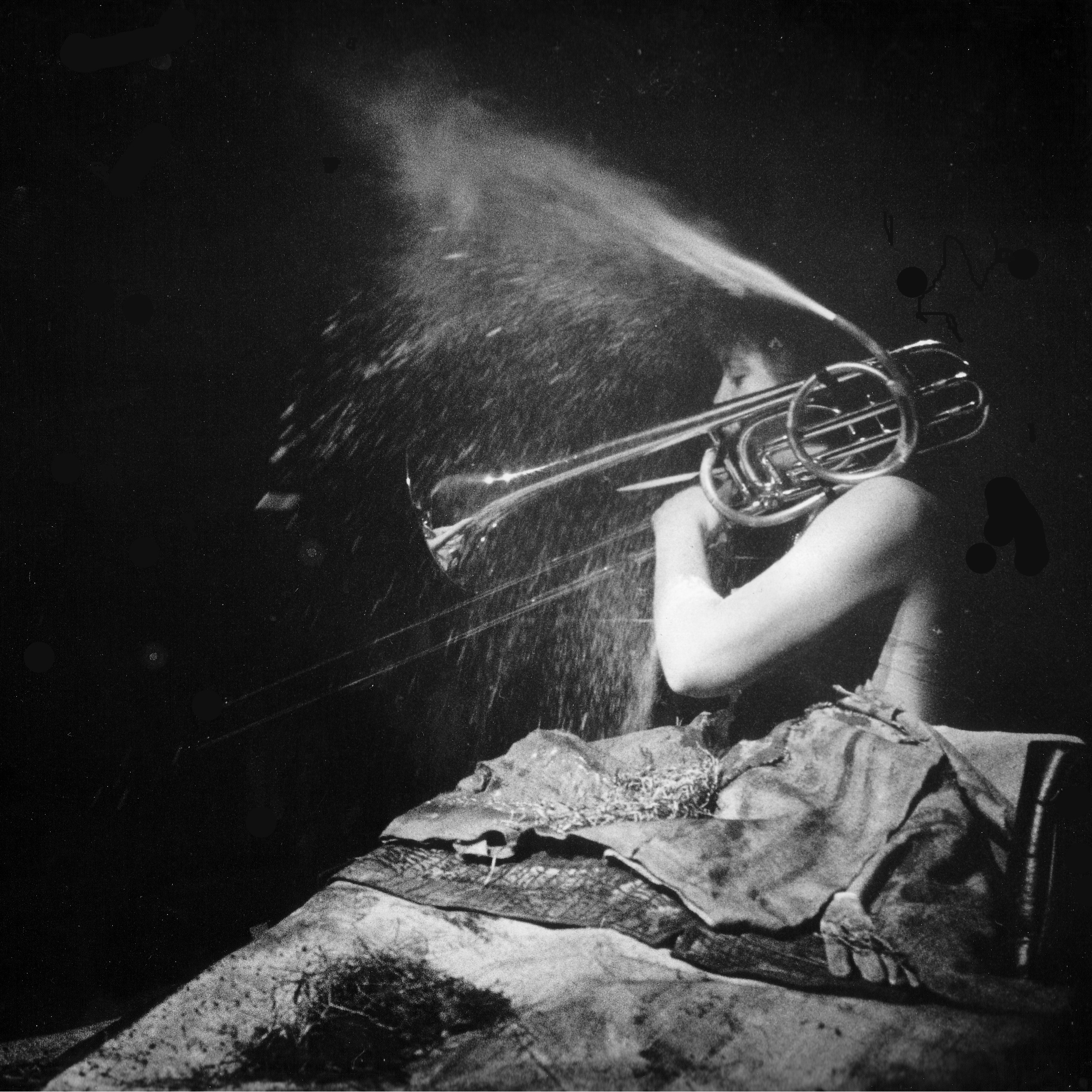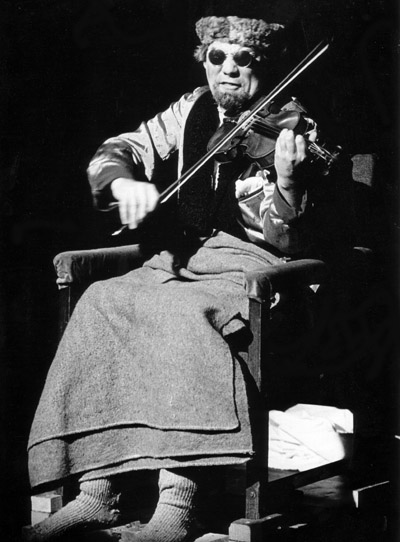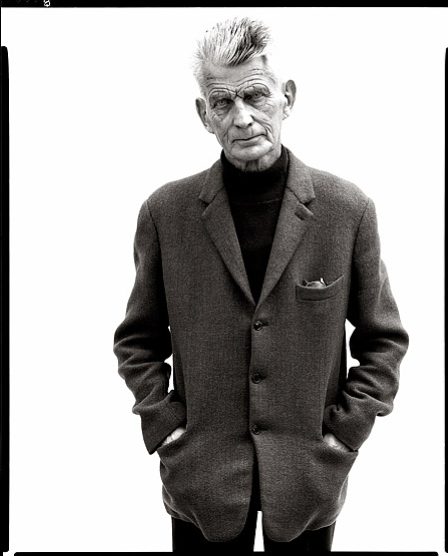
At that time when the dawn star passes across earth, harbinger
of light, and after him dawn of the saffron mantle is scattered
across the sea, the fire died down and the flames were over.
The winds took their way back toward home again, crossing
the Thracian water, and it boiled with a moaning swell as they crossed it.
- Iliad, book 23, 226-30 (trans. lattimore)
After him, remembrance of a saintliness, which "derives from a theorem, that is, from pain. Such is the act"(1), blooms "and of a sudden he is off again, on his wanderings, passing from light to shadow, from shadow to light, unheedingly"(2). They crossing the channel heard "I was not made for the great light that devours, a dim lamp was all I had been given, and patinece without end, to shine it on the empty shadows. I was a solid in the midst of other solids"(3). One of them wrote a letter:
"Would like to address myself, in a straight line, directly, without courrier only to you, but I can't manage to arrive, and that is the worst of it. A tragedy, my love, of destination" (4).
In this transhumance "without habitat" (5), "you are lost in the forests of high threshing ferns or whirled far out on the face of wind-swept wastes, till you being to wonder if you have not died without knowing and gone to hell or been born again into an even worse place than before"(6). He tried to respond this friend: "of that life too I shall tell you perhaps one day, the day I know that when I thought I knew I was merely existing and that passion without form or stations will have devoured me down to the rotting flesh itself itself and that when I know that I know nothing, am only more or less openly (7)... I listen and the voice is of a world collapsing endlessly, a frozen world, under a faint untroubled sky, enough to see by, yes, and frozen too (8)".
No one knows. Someone survived, effaced the traces (derrida), remembering them said in the end "In finitude, therefore, a thought does not complete the meaning (of what) it thinks, and thus lets this 'object'-the thingitself- have the weight that carries away from completed, presentified, or signified meaning... that which constitutes meaning by exceeding all meaning. The existence of the slightest pebble already overflows; however light overflows; however light it may be, it already weighs this excessive weight... We need an art -if it is an 'art'- of thickness, of gravity. We need figures that weigh upon the bottom rather than extracting themselves from it. That stave it in and expose it. We need a thought what would be like a mass out of true, the fall and the creation of the world"(9).
Bibliography
(1) Lacoue-Labarthe, Philippe (2005 [1995]) "Pasolini, an improvisation (OF A SAINTLINESS)" in Umbr(a): The Dark God, p.92
(2) Beckett, Malone Dies, grove, p. 206
(3) Molloy. p. 107-8
(4) Derrida & Malabou, Counterpath, sup, p.193
(5) ibid. p.166
(6) malone dies p.226-7
(7) molloy p.25
(8) ibid. 40
(9) Jean-Luc Nancy, The gravity of a Thought, p. 84.
painting by Cy Twombly "The Fire that Consumes All before It"
-------------------------------------------------------------------------
I know I promised for Brennan and Bourdieu, yet noticing that 1953, Jan 19th is the premier of Waiting for Godot at Théâtre de Babylon, I decided to make up a Beckett issue.
see you next month.
unutmadan güle güle simit.
To link all Beckett at one time:
http://farkyaralari.blogspot.com/search/label/beckett















.jpg)

